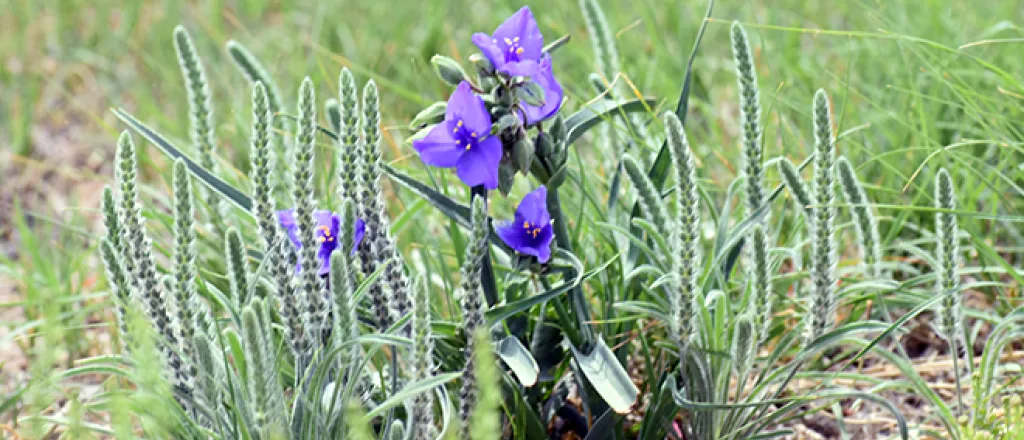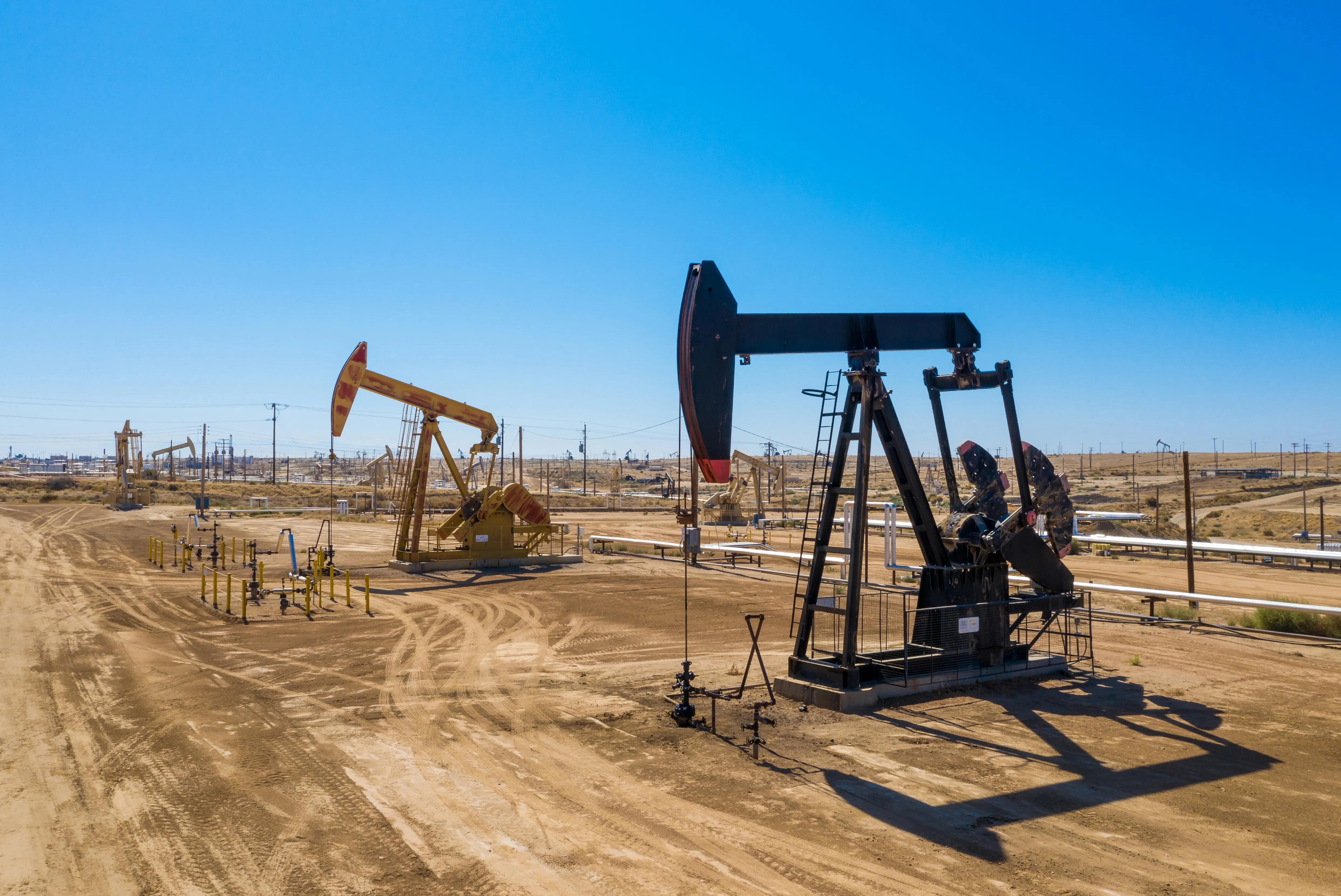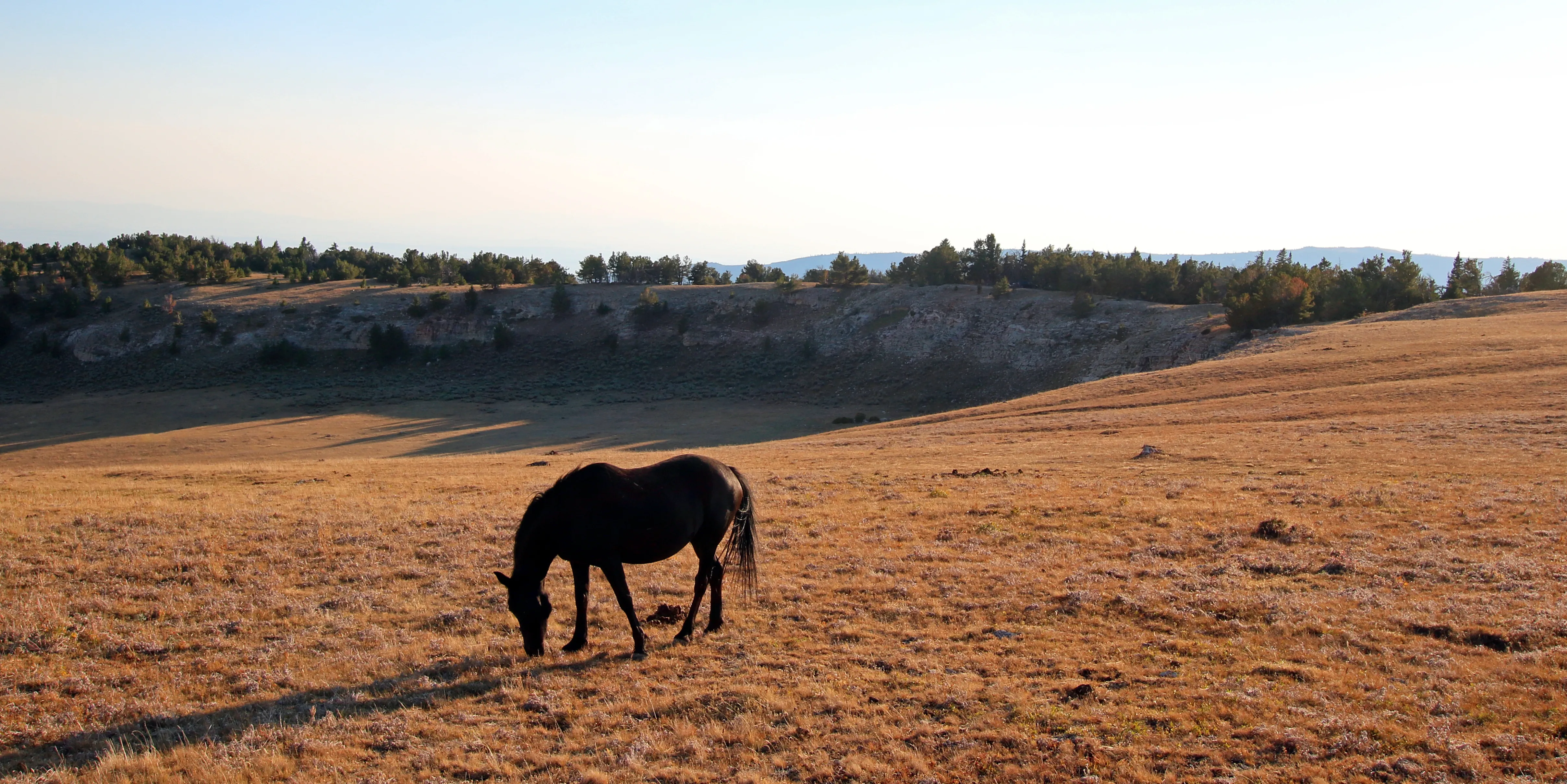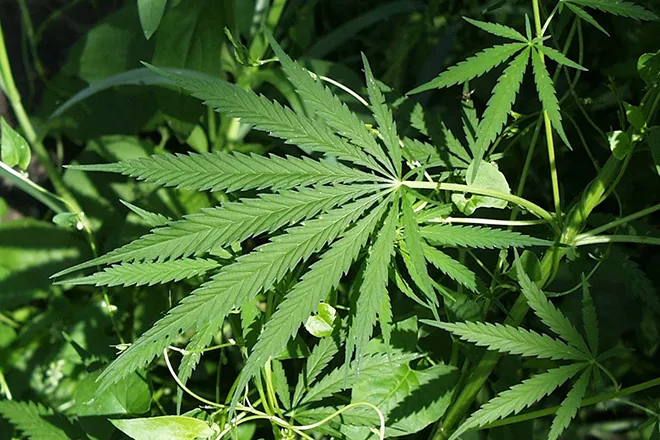
Commentary - Early flowers again this year in Colorado. That’s good, right?
Spring came early this year on the mountain slopes near Crested Butte. David Inouye has monitored the blooming of wildflowers there during the last 55 years. This was not a record year, he reported in May, but it was remarkably different from just a few decades ago.
“Thirty years ago, flowering didn’t start until the first week of June,” reported Inouye, who studies the timing of periodic biological events in plants and animals, a discipline called phenology. By late April this year, seven species of wildflowers had blooms on the slopes of the Rocky Mountain Biological Laboratory.
More wildflowers earlier in spring. What’s not to like about that?
In Paonia this year, where Inouye lives, Apricot trees flowered in mid-March. Later frosts killed this year’s crop. That, he says, is one harm to earlier spring.
Early springs produced by rising temperatures also have long-term consequences. In 2005, when I first started writing about climate change, I traveled to the outdoor laboratory at Gothic to see an experiment then underway. John Harte, a scientist from Berkeley, had mounted electric heaters over plots to approximate future temperature increases. How would this change vegetation over time? Would sagebrush eventually replace the wildflowers?

© Pixabay - Janet Meyer
The answer is complex but comes down to one word: yes. We can expect more sagebrush and fewer wildflowers on south-facing hillsides at 9,500 feet in elevation. This, Inouye pointed out, will take time. “Almost all the wildflowers here are long-lived perennials, so change doesn’t happen rapidly. Even if they stop making seeds, some of those individual plants will still live for decades,” said Inouye, who lives in Paonia but remains on the faculty of the University of Maryland.
“It takes long-term study to document changes to the high-altitude environment,” he added. “To some degree that longevity provides a buffer to the ongoing climate changes, especially if we can succeed in reversing them in the foreseeable future.”
An early spring was observed far beyond Colorado’s mountain slopes. A U.S. Geological Survey website on June 6 showed a spring leaf index two and three weeks early across broad bands of the United States, including Colorado.
Once again, so what? In most places, people prefer summer to winter. Besides, isn’t this story about earlier spring getting old? One scientist I queried said yet another story about early springs would induce yawns unless I had a new angle, like a spike in electricity demand for air conditioning during April.
Brad Udall delivered a strong rejoinder at a recent Colorado River conference. “Hold on to your seats,” he told his audience at the University of Colorado’s Getches-Wilkinson Center, “because I’m going to make you uncomfortable.”
The world, explained Udall, a water and climate research scientist at the Colorado Water Institute, is on track for warming of 9 degrees Fahrenheit by 2100. “This far exceeds anything agreed to by the 2015 Paris Climate Accords. And frankly, it terrifies scientists.”
Over land, the temperature increase will be even greater than the global average. “That’s a world unlike anything we currently know, and it’s going to challenge us all on every front.”
Nearly all scientists agree that heat-trapping greenhouse gases are responsible for our predicament. Emissions have risen 60% during the last 35 years. “What we’re witnessing is a monumental failure of both capitalism and governance,” he said.
Why sound the climate change siren at a Colorado River conference? Because water availability in the Colorado River Basin is inextricably linked to rising temperatures. Drought can ease. Aridification, the result of rising temperatures, will not.
The seven states who share the river now struggle over how to share this shrinking river. The 1922 compact assumed 20 million acre-feet. Flows this century have averaged about 20% less.
“I’m now convinced that we need to plan for the worst possible climate future, and that’s somewhere around 10 million acre-feet runoff,” said Udall. “But what it also means is taking a hard look at every existing agreement in the river. It either breaks them or substantially modifies them.”
A hopeless situation? Udall warned against despair. “There’s a term called the pessimism aversion trap. It’s the tendency look the other way when confronted with dark realities,” he explained. Don’t go there, he said. “We still control our destiny, even if the solutions seem daunting.”
And finally, his plea: “I plead with you to get serious about figuring out how to reduce the emissions of your organization and even your own personal emissions. I agree that individual actions aren’t going to solve this, but they send a really strong signal to everyone around us.”
















